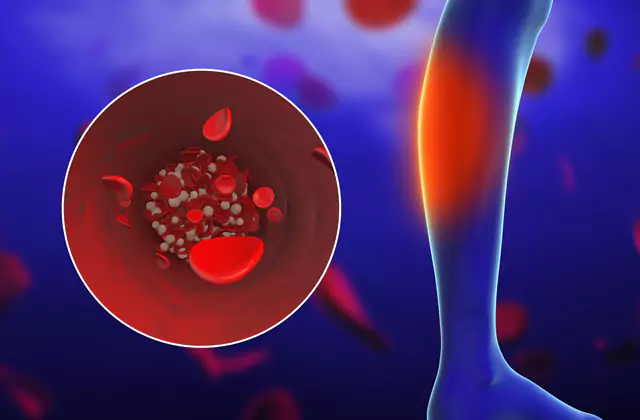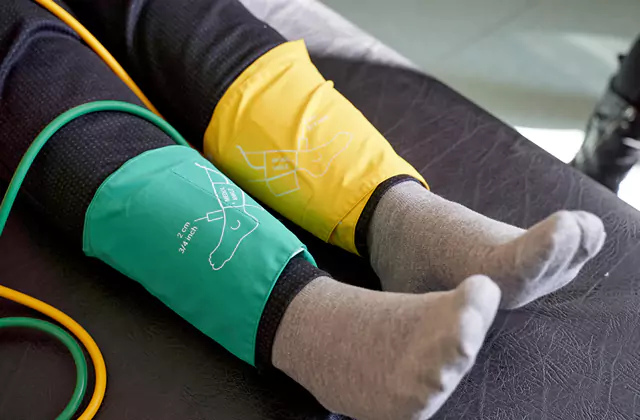
PATIENTS
Peripheral Artery Disease


Peripheral artery disease, also known as peripheral vascular disease (PVD), is a condition that affects the blood vessels outside of your heart, particularly in your arms and legs. It occurs when the arteries become narrowed due to a buildup of plaque, which can limit blood flow and prevent oxygen-rich blood from reaching your muscles.

RISK FACTORS:
You may be at higher risk for PAD if you:
Additional factors include a diet high in fats and experiencing stress or menopause.
- Are over 50 years old
- Have high blood pressure, high cholesterol, or diabetes
- Have had a stroke
- Smoke
- Are overweight or inactive
SYMPTOMS TO WATCH FOR:
Keep an eye out for:
- Cramping pain in your legs, hips, or buttocks during exercise that eases when you rest (called claudication)
- Numbness or tingling in your legs, feet, or toes
- Changes in skin color (like pale or blue skin)
- Cool skin on your limbs
- Impotence in men
- Sores or infections that don’t heal
Why It Matters:
PAD can increase your risk of heart attack and stroke. If you recognize any symptoms, it’s important to talk to a healthcare provider. Early diagnosis can lead to effective treatment.
Stay informed and take care of your vascular health!


